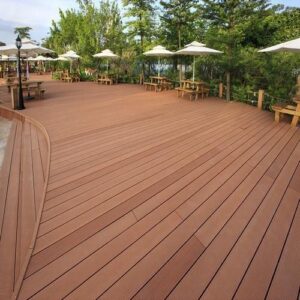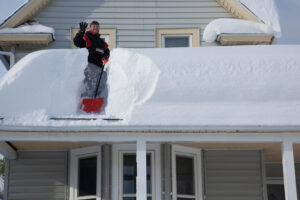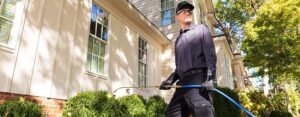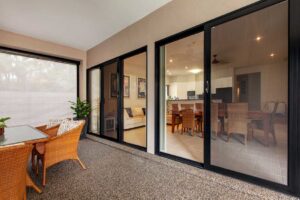
Insulation has, for decades, been prized mostly for its ability to keep houses warm during winters and cool during summers. However, a silent revolution is taking place as builders and homeowners rethink the very concept of insulation. Efficiency has given way to sustainability; perhaps both. Green insulation products modify properties as typical impervious materials inhibit energy use, improve the indoor quality of life, and, in the end, help the planet breathe a little easier.
How Green Insulation Works?
The principle behind insulation is simple: trap air, limit heat flow, and keep temperatures stable. Green insulation does exactly these jobs with clean, renewable, or recycled components instead. Instead of petroleum-based foams or chemically treated fiberglass, sustainable insulation options use natural or repurposed resources such as cellulose (recycled paper), hemp, cork, recycled denim, or sheep’s wool. This creates dense layers, capturing air and slowing heat transfer to effect reductions in energy use for heating and cooling.
Why It’s Becoming Popular?
First, for some reasons, green insulation has become one of the most important tenets of modern home design. For one, it contributes toward global sustainability goals by reducing emissions of carbon from the building throughout its life cycle. Cellulose insulation uses significantly less energy to manufacture than either fiberglass or foam.
Secondly, there’s a widely increased awareness among homeowners on indoor air quality, and materials used for insulation are generally non-toxic and free of VOCs, which means they do not emit harmful gases that affect respiratory health as such. This makes them pretty much more attractive to families with small children and people with allergy problems or hypersensitivities.
Designing With Sustainability in Mind
Architects and builders increasingly incorporate green insulation into certifications for eco-homes. Besides function, these materials imply movement towards holistic design, wherein comfort, health, and sustainability are of equal weight.
Using natural materials for construction supports the principle of circular building: deploying resources that must be returned safely to the environment or reused instead of ending as waste.
This post was written by a professional at Eco Elite Insulation. At Eco Elite Insulation, we specialize in attic insulation removal, replacement, and upgrades that keep your home energy efficient and comfortable year-round. Contaminated or outdated insulation from pests or poor sealing can increase energy bills and harm air quality. Our experts use safe, non-toxic insulation to improve comfort, reduce heating and cooling costs, and create healthier living spaces. Serving McKinney, Plano, Frisco, Dallas, Fort Worth, and surrounding areas, we focus on attic renovations that protect your home and lower electricity bills.









